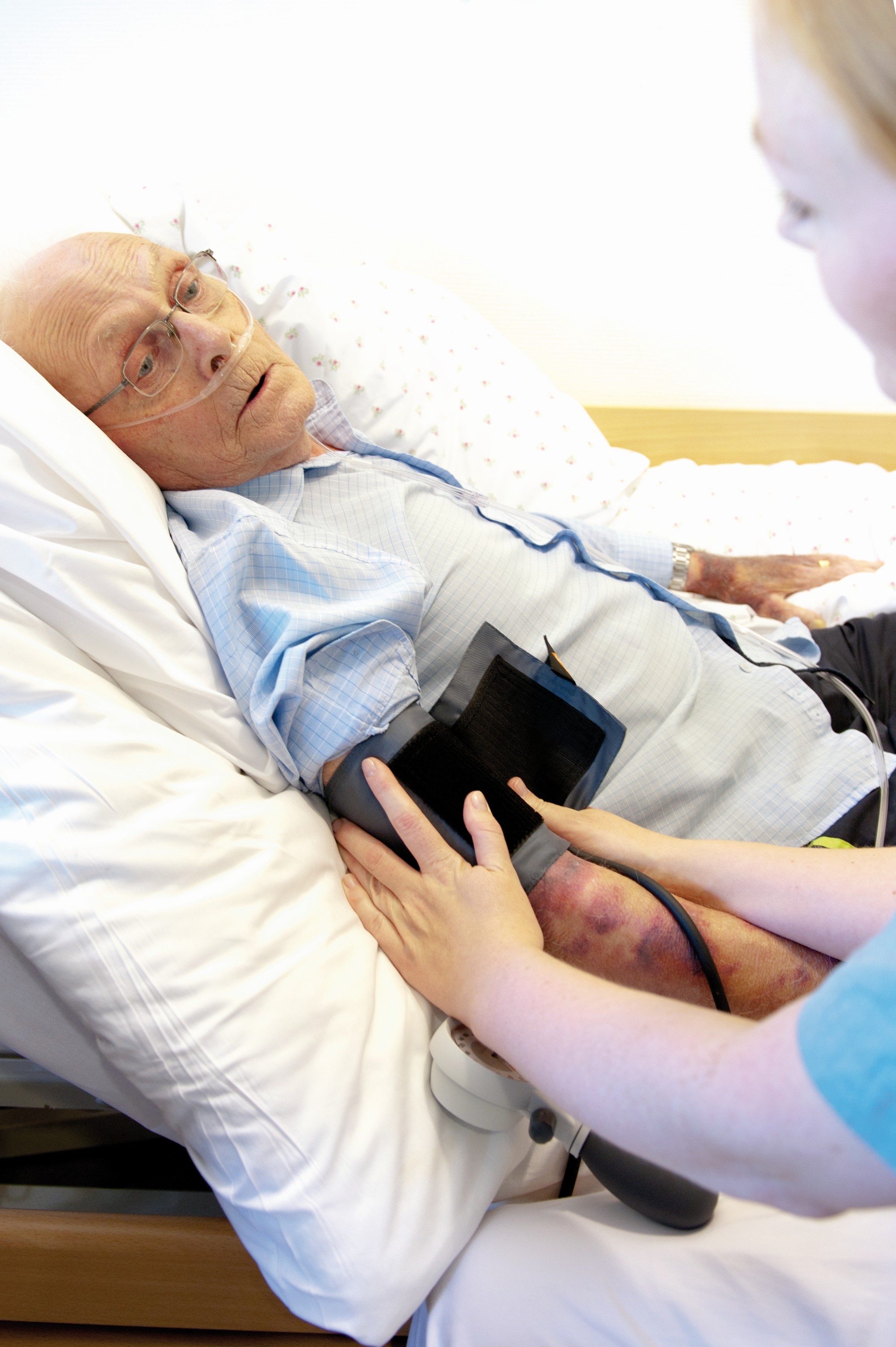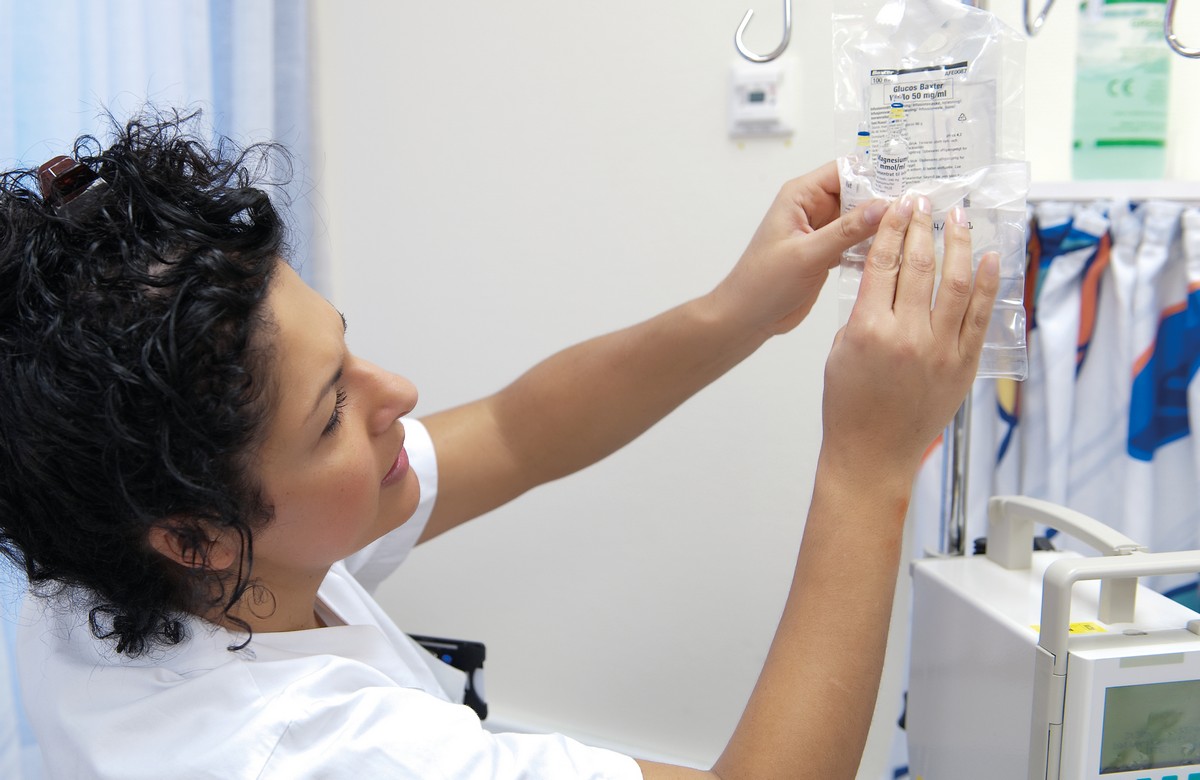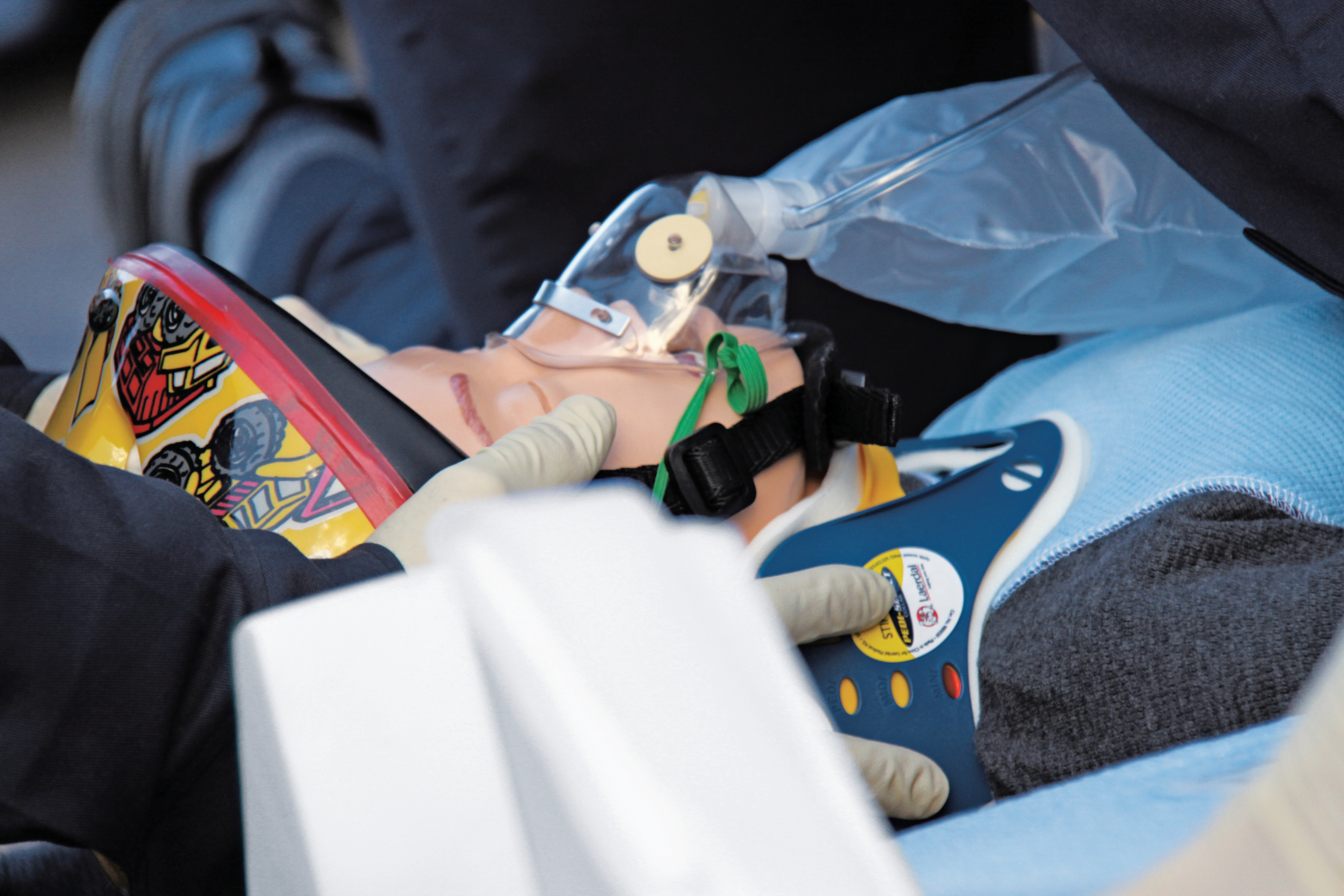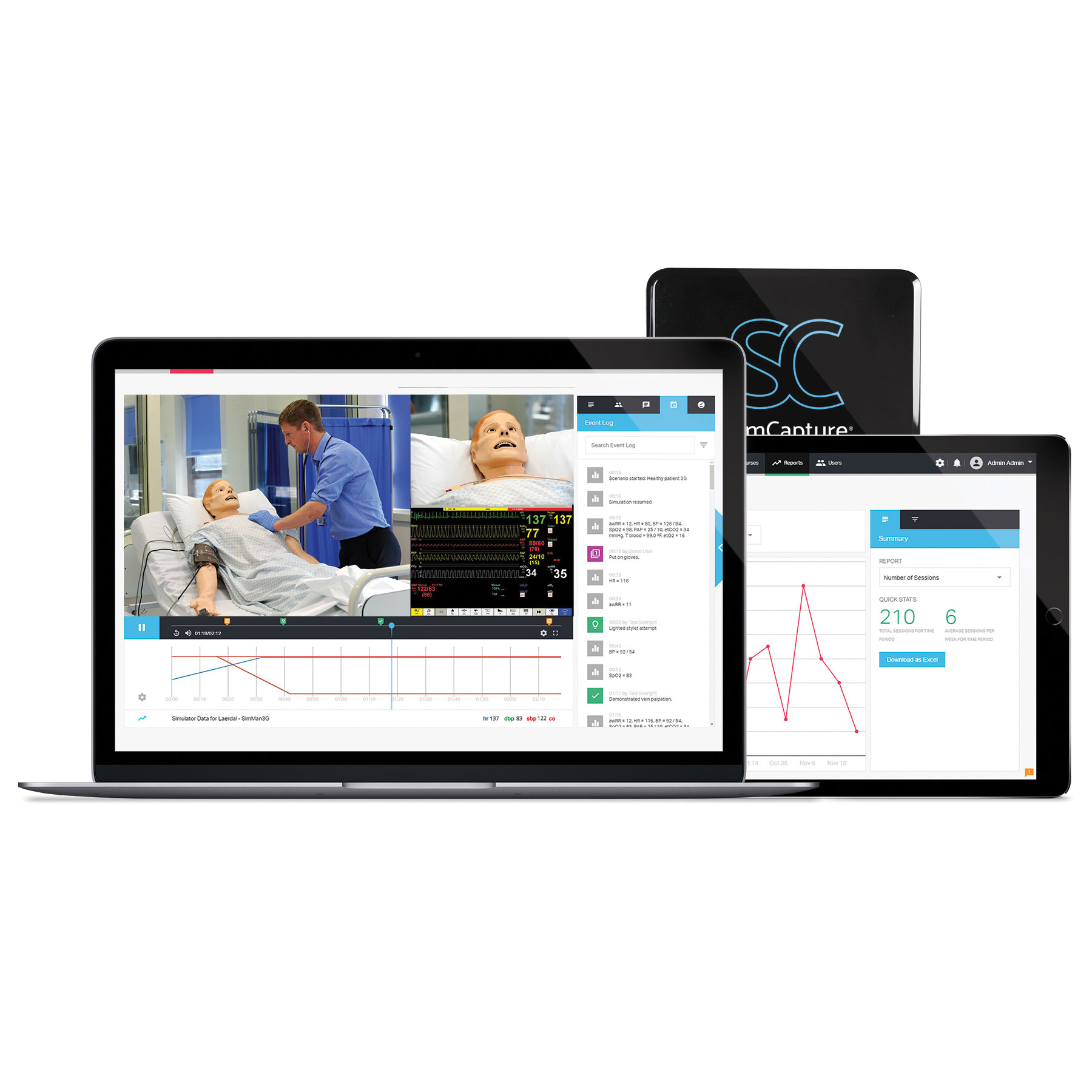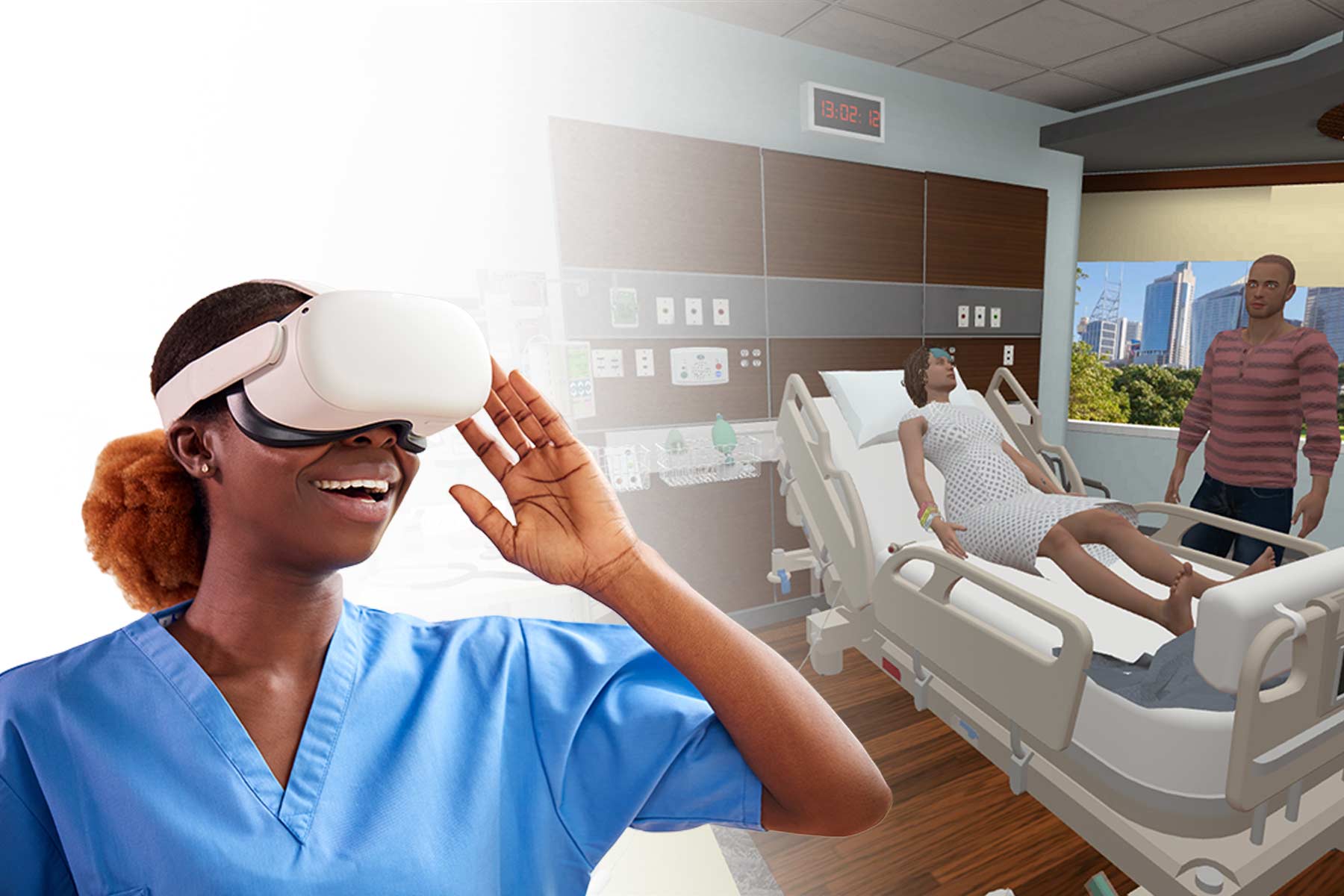
Sepsis er et medicinsk nødstilfælde
Sepsis bliver ofte diagnosticeret for sent, fordi de kliniske symptomer, der anvendes til diagnosticering af sepsis, såsom øget temperatur, øget puls, hurtigere vejrtrækning eller antallet af hvide blodlegemer, ikke er specifikke. Hos børn kan tegnene og symptomerne være subtile, og forværrelsen af deres tilstand kan ske meget hurtigt.
Selv en mindre infektion kan medføre sepsis. Sepsis er en almindelig, men ikke særlig kendt lidelse. Dette skyldes patienternes og sundhedspersonalets usikkerhed vedrørende tegnene på sepsis, den manglende dokumentation af sepsis som dødsårsag, utilstrækkelige diagnoseredskaber og inkonsekvent anvendelse af kliniske standardretningslinjer til behandling af sepsis.






